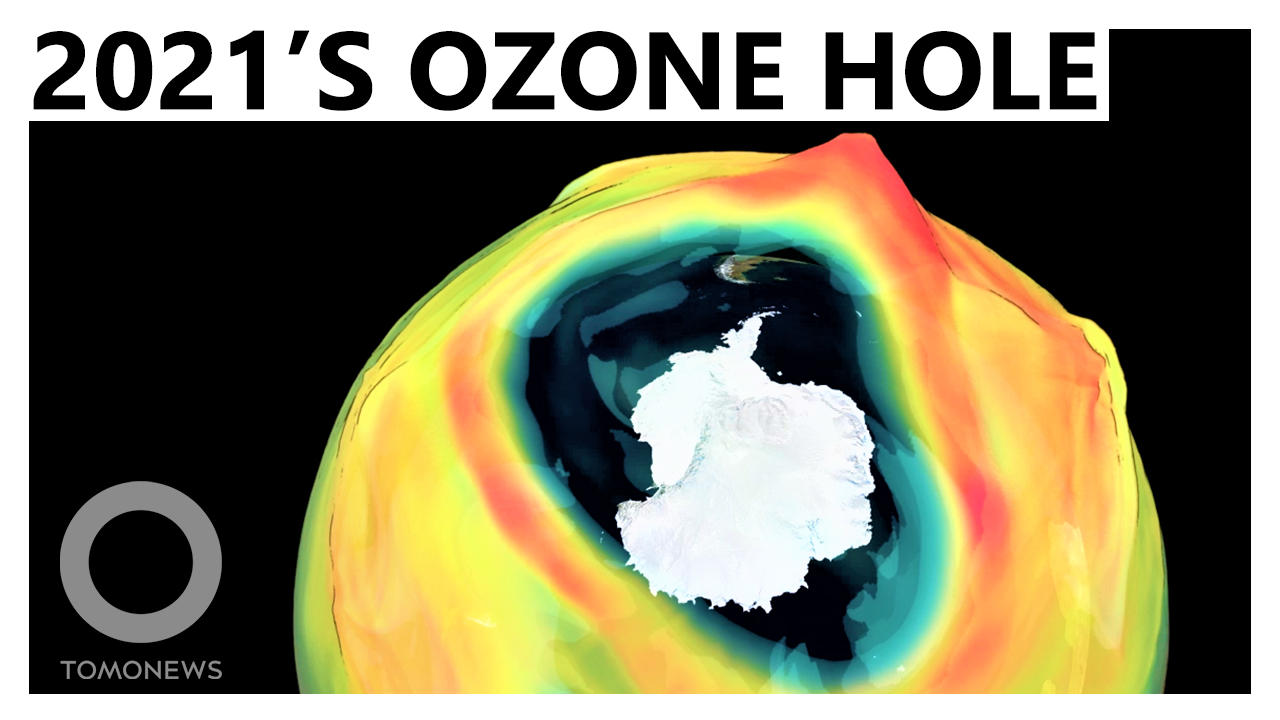
ANTARCTICA — A huge hole in Earth’s protective ozone layer opened up a few weeks ago, exposing humans to dangerous levels of the sun’s ultraviolet radiation.
Here are the details: New Scientist reports that one of the largest holes to ever form in Earth’s protective ozone layer is finally closing.
The NASA Earth Observatory reported that the 2021 Antarctic ozone hole reached its maximum size on October 7 and ranks as the 13th largest since 1979, exposing an area bigger than Antarctica.
2020 also saw a similarly oversized hole form for the same reasons, when a colder than usual winter in the southern hemisphere fed a deep and larger than average hole that persisted for a longer period than usual.
The hole is actually the thinning of the ozone layer in the stratosphere above Antarctica.
Chemically active forms of chlorine and bromine — derived from human-made compounds — are released into the stratosphere during reactions on high-altitude polar clouds.
The reactive chlorine and bromine then spark ozone-destroying reactions when sunlight hits the Antarctic at the end of its winter.
The hole would often force southern countries like New Zealand to issue ultraviolet radiation warnings in the middle of their summer months.
Scientists predicted that the hole would finally close last week.
Despite the surprisingly big size of the hole in 2020 and 2021, scientists still believe that the hole will finally stop forming by the middle of this century.
